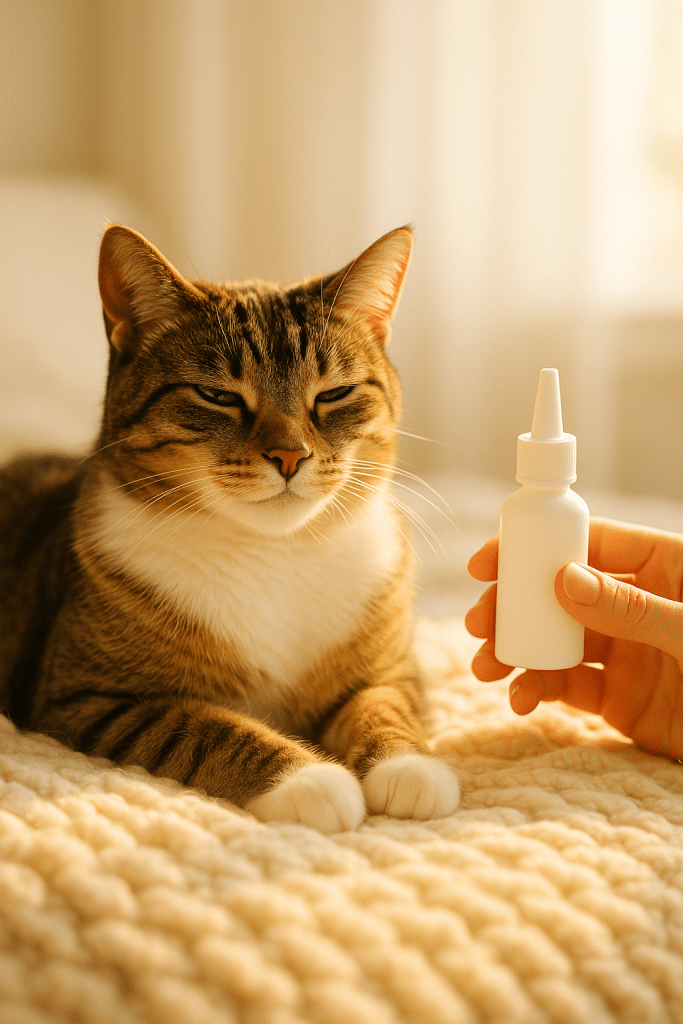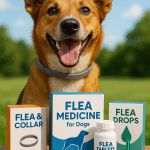If you’re a cat owner, you know how annoying and distressing flea infestations can be—not only for your feline friend but also for you and your household. Fleas aren’t just a nuisance; they can cause serious health issues such as flea allergy dermatitis, anemia, and even transmit tapeworms or other parasites. Choosing the best flea medicine for cats is therefore essential for protecting their health and comfort.
In this detailed guide, I’ll walk you through everything you need to know about tackling fleas in cats—from understanding the flea lifecycle and risk factors, to selecting the ideal medication based on your cat’s unique needs. We’ll explore various types of flea treatments including topical solutions, oral medications, collars, and natural alternatives. Plus, I’ll introduce you to the seven top recommended flea medicines that combine efficacy with safety, including expert insights and user experiences. Whether you have an indoor-only kitty or several pets sharing your home, this comprehensive article aims to equip you with practical, science-backed knowledge to keep your cat pest-free all year round.
Understanding Flea Infestations in Cats: Lifecycle and Risks
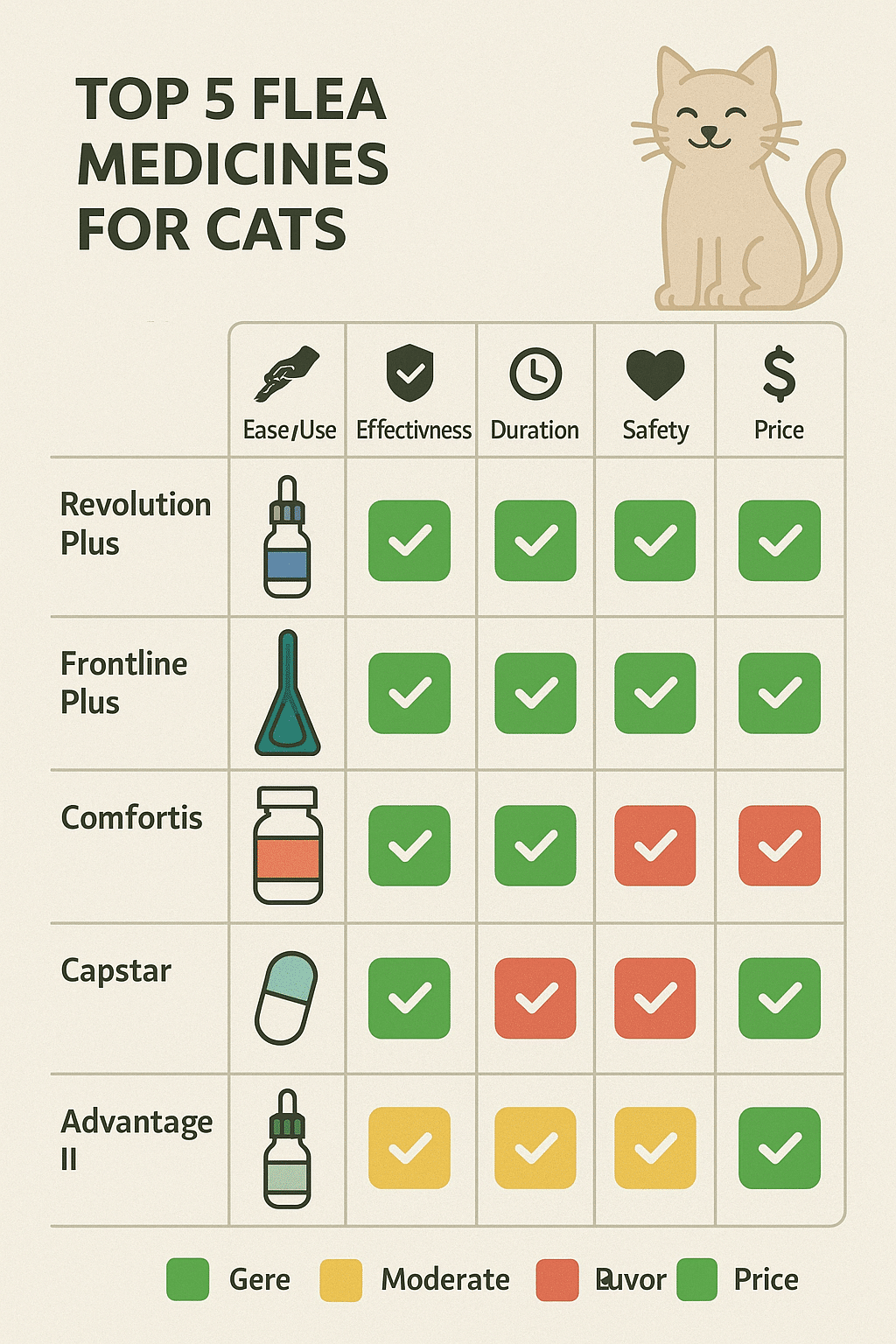
To effectively fight fleas, it’s crucial to understand their lifecycle and the risks they impose on your cat. Fleas are tiny, wingless parasitic insects that survive by feeding on the blood of mammals and birds—your cat being a prime host. Here’s a close look at their life stages and impact:
- Eggs: Flea eggs are laid on your cat but often fall off into the environment—your carpet, bedding, or furniture. These white oval eggs hatch within 2 to 14 days, depending on climate conditions.
- Larvae: Inside the environment, eggs hatch into larvae that feed on organic debris and flea feces. They typically hide deep in carpets and cracks, making treatment tricky.
- Pupae: Larvae spin cocoons, forming pupae that can remain dormant for weeks or months until conditions are favorable.
- Adults: Adult fleas emerge from pupae and immediately start feeding on your cat’s blood. They can jump up to 200 times their body length, quickly moving between animals and their environment.
Fleas cause intense itching, redness, and often lead to secondary infections when cats scratch excessively. They can transmit tapeworms and, in severe infestations, cause anemia. Flea Allergy Dermatitis (FAD) is a particularly troublesome condition where sensitive cats develop severe allergic reactions to flea saliva—even a few flea bites can trigger this.
Because fleas rely not only on cats but also on the surrounding environment, an effective control program must address both the pet and its habitat to break the lifecycle and prevent re-infestation.
Key Factors in Choosing the Best Flea Medicine for Cats
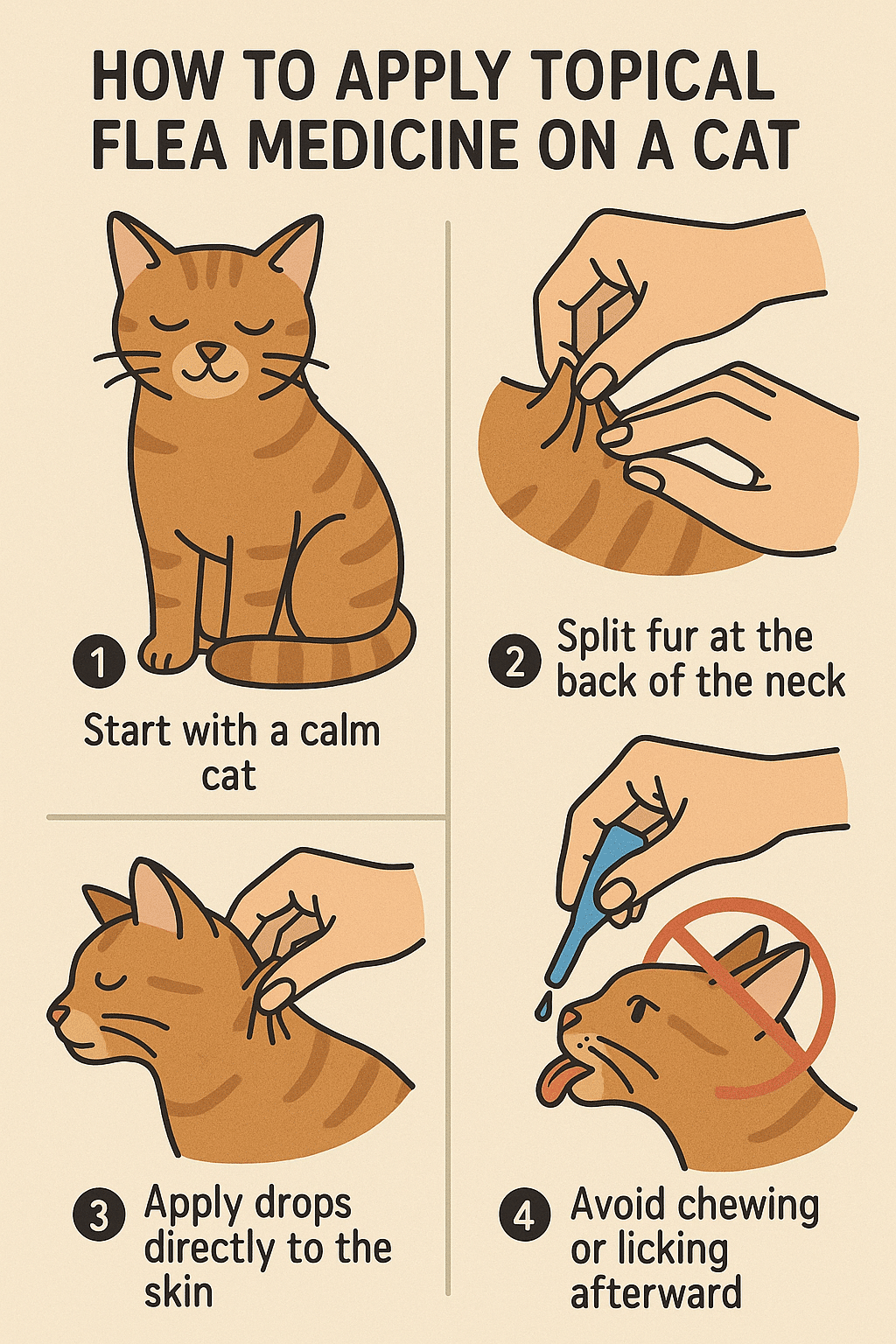
Selecting the right flea medication is not a one-size-fits-all task. Several factors must be considered to ensure your cat’s safety and treatment success.
Considering Your Cat’s Age, Weight, and Health
- Age: Kittens have more sensitive skin and immature immune systems. Many medications are only safe for use in cats above 8 weeks old and a certain weight threshold—often 1.8 to 2 pounds.
- Weight: Flea medicines often come with dosage guidelines based on weight. Correct dosing is critical to avoid toxicity or reduced efficacy.
- Health Status: Cats with chronic illnesses, allergies, or pregnant/nursing cats require special consideration and veterinary consultation before flea medication use.
Indoor vs. Outdoor Cats: Different Needs
Indoor cats are less exposed to flea-infested environments but can still pick up fleas from visitors, other pets, or even just through your clothing. Outdoor cats face higher risks due to direct contact with other flea carriers like wildlife and other animals. Outdoor cats often need stronger or more frequent flea medications. Knowing your cat’s lifestyle helps identify appropriate treatment frequency and product choice.
Multi-Pet Household Considerations
If you have multiple pets—cats, dogs, or both—the flea control strategy becomes more complex. Fleas can transfer quickly between animals. You want flea medicine that is safe and effective for every pet or coordinate treatments across species. Avoid dog flea products on cats as several contain permethrin, which is highly toxic to felines.
Flea Allergy Dermatitis and Sensitive Skin Factors
Cats with flea allergy dermatitis or sensitive skin may react adversely to some flea treatments. In these cases, selecting gentle formulations that minimize irritation, or opting for oral flea medications, might be better. Always monitor your cat after first applying new flea medicine and consult your vet for recommendations tailored to skin sensitivities.
Overview of Flea Medicine Types for Cats
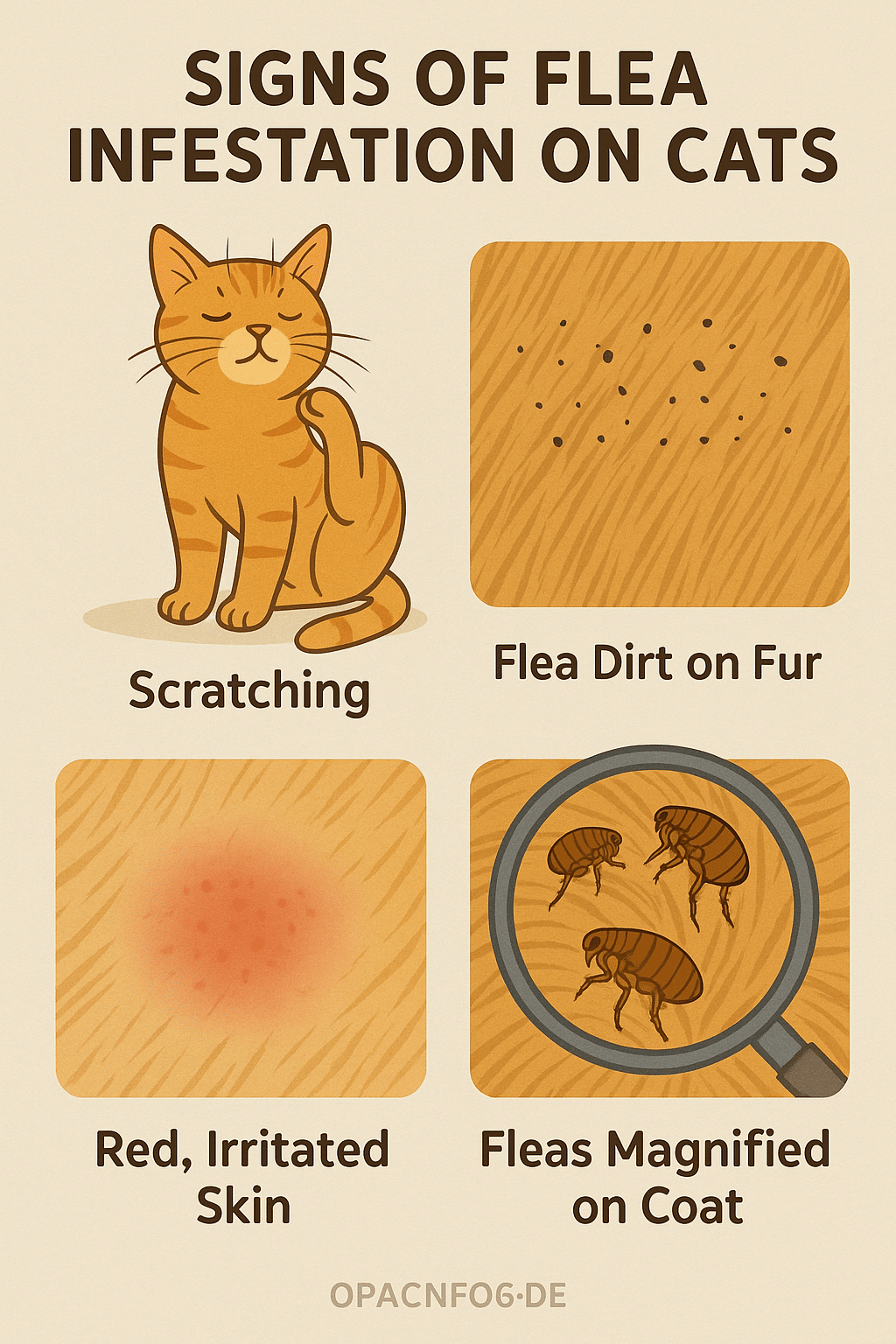
Understanding the different types of flea medicine helps you appreciate their mechanisms, pros, and cons.
Topical Flea Treatments
These are liquid solutions applied directly to your cat’s skin, usually between the shoulder blades to prevent licking. They spread across the skin and coat, killing fleas through contact or ingestion when fleas bite.
- Pros: Easy to apply, effective for several weeks, waterproof options available.
- Cons: Some cats may develop skin irritation; incorrect application can reduce effectiveness.
Common topical flea medicines include Bravecto Plus, Cheristin, NexGard COMBO, Frontline Plus, and Advantage II.
Oral Flea Medications
Oral medications come as chewable tablets or pills that your cat ingests, which kill fleas when they bite the cat’s blood.
- Pros: No topical residue, less chance of skin irritation, usually fast acting.
- Cons: Requires the cat to eat the pill; some cats may refuse or vomit the medication.
Credelio for Cats is a popular oral flea treatment with excellent safety and efficacy.
Flea Collars
Flea collars release chemicals that kill or repel fleas through contact. Newer collars, such as Seresto, provide long-lasting protection (up to 8 months) and are water-resistant.
- Pros: Convenient, long-lasting, no application mess.
- Cons: Some cats may dislike wearing collars; collars must be fitted properly.
Natural and Pesticide-Free Alternatives
Some pet owners prefer natural methods like essential oils, diatomaceous earth, or herbal shampoos. While these may provide some relief, they often lack the efficacy to handle severe infestations or replace veterinary-approved medications. Additionally, some essential oils can be toxic to cats, so caution is advised.
Top 7 Recommended Flea Medicines for Cats
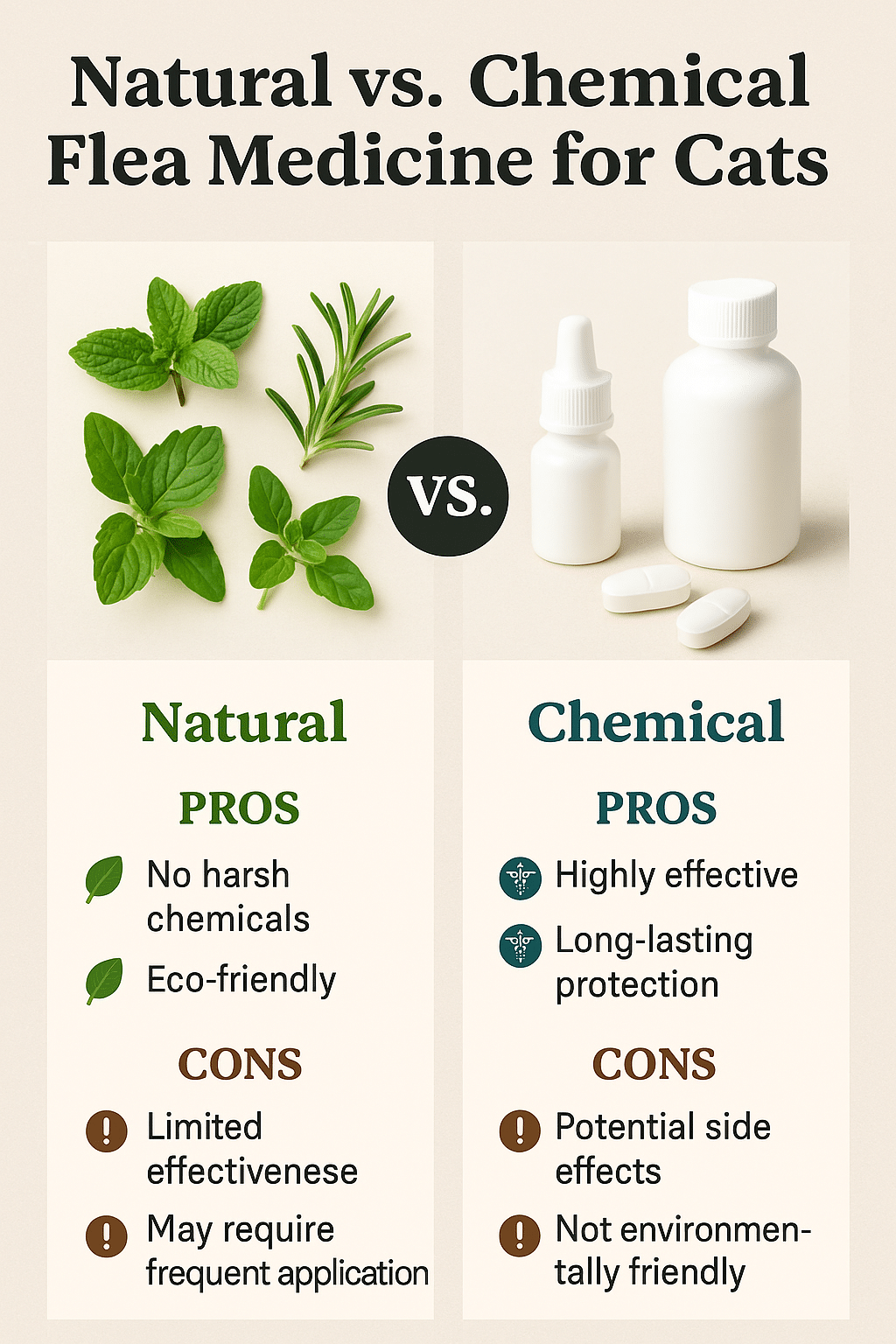
Here is an expert-curated list of the very best flea medicine for cats, combining fast action, safety, and user satisfaction.
1. Bravecto Plus for Cats: Comprehensive Parasite Control
Bravecto Plus is a prescription topical solution that protects against fleas, ticks, heartworms, and intestinal parasites. Its broad protection, combined with an easy once-a-month application, makes it a top choice for pet owners seeking multi-parasite control.
- Effectiveness: Kills fleas and ticks quickly, providing extensive protection.
- Ideal for: Cats with outdoor access or multi-parasite risk.
- Where to buy: Available via licensed veterinarians and online retailers like PetSmart and Pet Supplies 4 Less.
- Notes: Requires vet prescription; ensure your vet confirms suitability.
2. Seresto Flea and Tick Collar for Cats: Long-Lasting Contact Protection
Seresto collar stands out for its 8-month continuous protection without requiring reapplication. Unlike topical treatments, it kills fleas through direct contact, preventing bites and reducing scratching.
- Key Features:
- Up to 8 months protection.
- Begins killing fleas within 24 hours.
- Water-resistant, odorless, and non-greasy.
- Ideal for: Cats sensitive to topical treatments or owners seeking hassle-free protection.
- Where to buy: Purchase at PetSmart, Petco, Walmart, or Costco.
- User Tip: Proper fitting is critical; ensure two-finger width spacing around the neck.
3. Cheristin for Cats Topical Flea Treatment: Rapid and Long-Lasting
Cheristin’s spinetoram-based formula kills fleas within 30 minutes, reaching 100% effectiveness within 12 hours. A single application protects for 6 weeks, a bit longer than many competitors.
- Features:
- Quick kill time and long protection.
- Non-greasy, easy application with rounded tip.
- Safe for kittens over 8 weeks and 1.8 lbs.
- Best for: Indoor and outdoor cats needing fast flea relief.
- Available at: Target, Petco, PetSmart, and Amazon.
- Pro Advice: Apply at the base of the head where cat can’t lick, to maximize safety and absorption.
4. Credelio for Cats Oral Flea Medication: Easy and Effective Chewable
Credelio is an oral flea and tick chewable tablet that starts killing fleas within 6 hours and protects for a full month.
- Advantages:
- Palatable vanilla and yeast flavor.
- Suitable for kittens from 8 weeks and 2 pounds.
- Convenient for cats that resist topical treatments.
- Recommended for: Cats prone to skin sensitivities or owners preferring oral meds.
- Where to purchase: Requires prescription, available via veterinarians and online stores like Amazon.
- Safety Note: Use with caution in cats with neurological history.
5. NexGard COMBO Topical Flea Medication for Cats: Broad Spectrum Protection
NexGard COMBO covers fleas, ticks, heartworms, and intestinal parasites. Available in different weight-based dosages, it’s a powerful choice for multi-parasite protection.
- Highlights:
- Broad spectrum parasitic control.
- Fast-acting monthly topical.
- Use case: Outdoor cats, multi-pet homes needing comprehensive parasite management.
- Buy at: PetSmart, Petco, Amazon.
- Important: Prescription required; consult vet for dosage.
6. Frontline Plus for Cats: Trusted Monthly Topical Solution
Frontline Plus combines fipronil and (S)-methoprene to kill adult fleas and prevent flea eggs and larvae development.
- Benefits:
- Protects for 30 days.
- Waterproof; reliable after baths/swimming.
- Effective for all flea life stages.
- Great for: Cats of all ages, with indoor or outdoor lifestyles.
- Purchasing options: Walmart, PetFoodCenter, and more.
- Application tip: Part fur between shoulders and apply directly on skin.
7. Advantage II for Cats: Fast-Acting, All Life Stage Flea Control
Advantage II eradicates fleas within 12 hours and offers 30 days of protection. It’s safe for cats and kittens 8 weeks and older.
- Features:
- Combats adult fleas, eggs, larvae.
- Easy monthly topical application.
- Who should use it: General flea prevention, including kittens.
- Where to buy: Petco, Costco, Tractor Supply.
- Note: Choose right dosage based on weight (small, large cats, kittens).
How to Properly Apply Flea Treatments for Maximum Effect
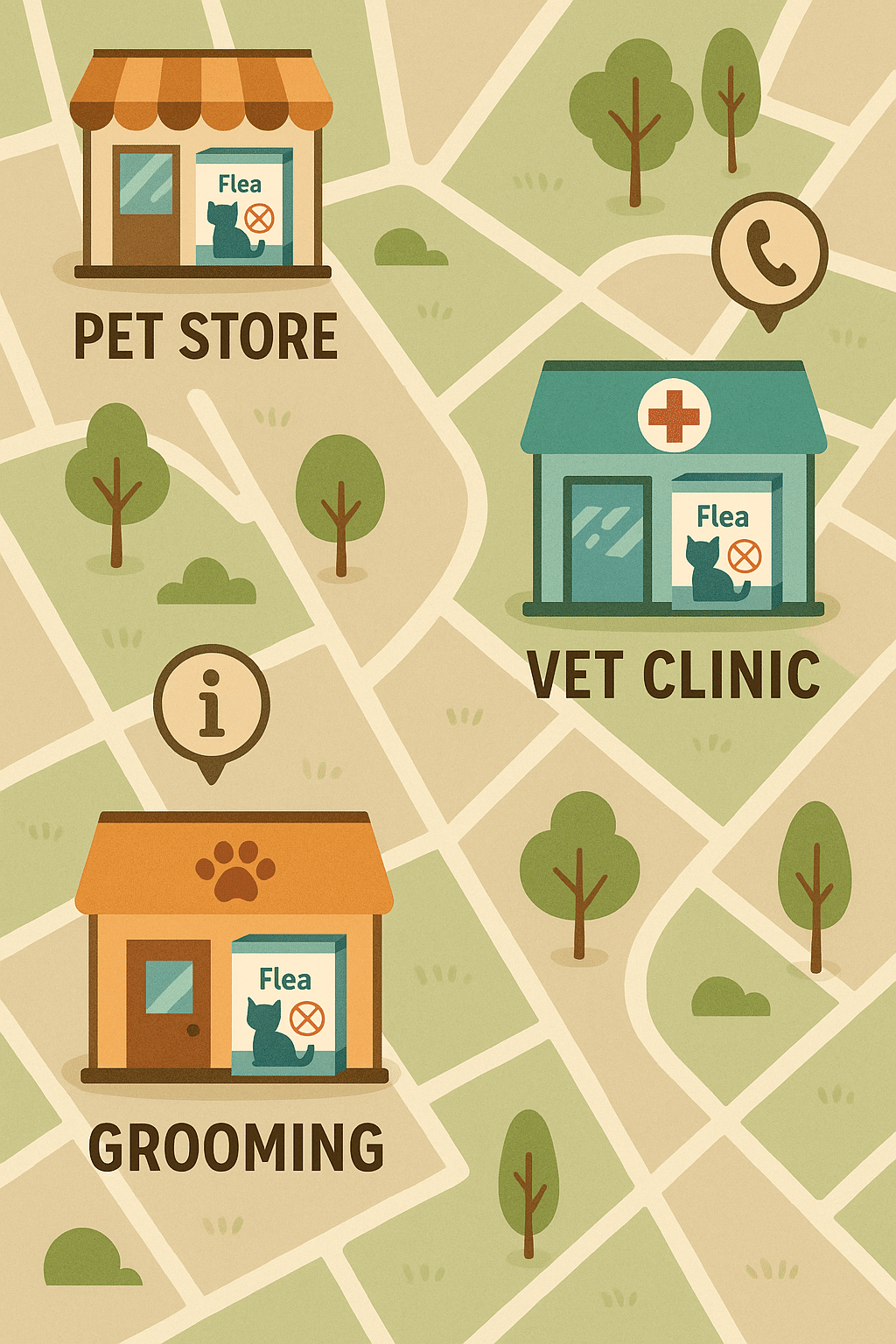
Getting your cat flea-free isn’t just about the product—it’s about using it correctly.
Safe Application Tips for Topicals, Orals, and Collars
- Topicals: Part the hair between shoulder blades to expose skin, applying the full content on the skin. Avoid bathing 24-48 hours before and after.
- Orals: Administer with food if possible. Ensure your cat consumes the full tablet.
- Collars: Fit snugly—not too tight or loose—and trim excess end. Check periodically for wear and fit.
Avoiding Common Mistakes in Flea Medication Use
- Using dog flea products on cats (can be fatal).
- Applying too frequently or skipping doses.
- Applying to wet or dirty fur.
- Failing to treat all pets in the household.
- Not addressing environmental flea sources like bedding or carpets.
Managing Flea Infestations in Multi-Cat Households
Coordinated Treatment Strategies
Treat all pets at once to avoid cross-infestation. Even if some don’t appear bothered, they can harbor fleas. Choose flea meds that cover all pets safely, or use vet-recommended combinations.
Environmental Control and Prevention
Vacuum frequently, wash pet bedding in hot water weekly, and consider environmental sprays or foggers specially formulated for home flea treatments. Professional pest control may be needed in severe infestations.
Addressing Flea Allergy Dermatitis and Flea Sensitivities
Recognizing Symptoms and When to Consult a Vet
Look for intense itching, red bumps, hair loss, and scabs, especially near the base of the tail and neck. If your cat exhibits these signs or has continual flea issues, seek veterinary care.
Choosing the Best Flea Medicine for Cats with Sensitive Skin
Opt for oral medications like Credelio or collars like Seresto, which minimize topical skin contact. Your vet may recommend hypoallergenic formulations or adjunct treatments like corticosteroids for severe irritation.
Natural Flea Treatment Options: Pros and Cons
Using Pesticide-Free Flea Treatments and Home Remedies
Methods such as regular grooming with flea combs, diatomaceous earth dusting, and herbal sprays might help reduce flea presence but rarely eliminate them completely.
Limitations and When to Opt for Veterinary-Approved Medications
Natural treatments cannot reliably prevent or treat infestations, especially moderate to severe cases. For your cat’s comfort and health, veterinary-approved flea medicine is usually necessary.
Seasonal Flea Prevention: Preparing for Summer and Beyond
Most Effective Monthly Flea Medicine for Cats Year-Round
Fleas thrive in warm months, but indoor heating can enable year-round activity. Using long-lasting treatments like Seresto collars or monthly topicals prevents seasonal flare-ups.
Combining Flea Treatments with Environmental Measures
Regular cleaning and using home sprays alongside your cat’s flea medication provides a comprehensive approach. Don’t forget to treat all pets and pet areas consistently.
Safety Considerations and Potential Side Effects of Flea Medications
Vet Recommendations and When to Seek Medical Advice
Always consult your vet before starting flea medication, especially for kittens, elderly cats, or cats with existing conditions. Watch for side effects such as excessive drooling, itching, lethargy, or neurological signs, and seek immediate veterinary attention if noticed.
Avoiding Toxic Products and Dog Flea Treatments
Never use dog flea products on cats. Ingredients like permethrin are extremely toxic to felines. Always verify product labels and purchase from reputable sources.
Final Tips for Maintaining a Flea-Free Home and Protecting Your Cat’s Health
- Treat all pets simultaneously with vet-approved flea medicine.
- Maintain regular flea prevention, even when fleas seem absent.
- Combine treatments with environmental control: vacuum, wash bedding, and manage outdoor flea hosts.
- Monitor your cat for adverse reactions and consult the vet regularly.
- Choose flea products suited for your cat’s age, weight, lifestyle, and health status.
By staying proactive and informed, you’ll keep your furry companion happy, healthy, and, most importantly, free from those pesky fleas.
FAQs
Q1: What is the safest flea medicine for kittens?
A: Flea treatments like Cheristin and Credelio are safe for kittens over 8 weeks old and weighing at least 1.8 to 2 pounds. Always follow dosage guidelines and consult your vet.
Q2: Can I use a flea collar and topical treatment together for my cat?
A: It’s generally best to consult your vet before combining treatments, as some combinations may cause overdose or skin irritation. Seresto collar alone usually provides long-lasting protection.
Q3: How often should I apply the best flea medicine for cats?
A: Most topical and oral flea medicines require monthly application. Flea collars like Seresto can protect for up to 8 months. Follow product instructions precisely.
Q4: Are natural flea treatments effective for cats?
A: Natural treatments may help reduce fleas but are not reliable for complete control. Veterinary-approved medications remain the most effective solution.
Q5: Can I use dog flea medicine on cats?
A: No. Many dog flea products contain permethrin, which is toxic to cats and can cause serious illness or death.
Quick Takeaways / Key Points
- Understanding flea biology helps in breaking their lifecycle.
- Choose flea medicine based on your cat’s age, weight, health, and lifestyle.
- Effective options include topicals, oral medications, and long-lasting collars.
- Treat all pets and the environment to prevent reinfestation.
- Consult your veterinarian for sensitive cats, kittens, or multi-pet households.
- Avoid dog flea products and follow application instructions carefully.
- Combining monthly treatments with environmental control offers the best results.
In conclusion, the best flea medicine for cats is the one that matches your cat’s unique needs and lifestyle while providing safe, effective, and long-lasting protection. Whether you choose a quick-acting topical like Cheristin, a convenient oral like Credelio, or a broad-spectrum collar such as Seresto, the key is consistent use and proper application. Don’t overlook the importance of treating your living environment, especially in multi-pet homes. By partnering with your veterinarian and staying informed, you can ensure your beloved feline remains parasite-free and comfortable year-round. Start today—equip yourself with the right knowledge and products to safeguard your cat’s health for many happy years to come!

